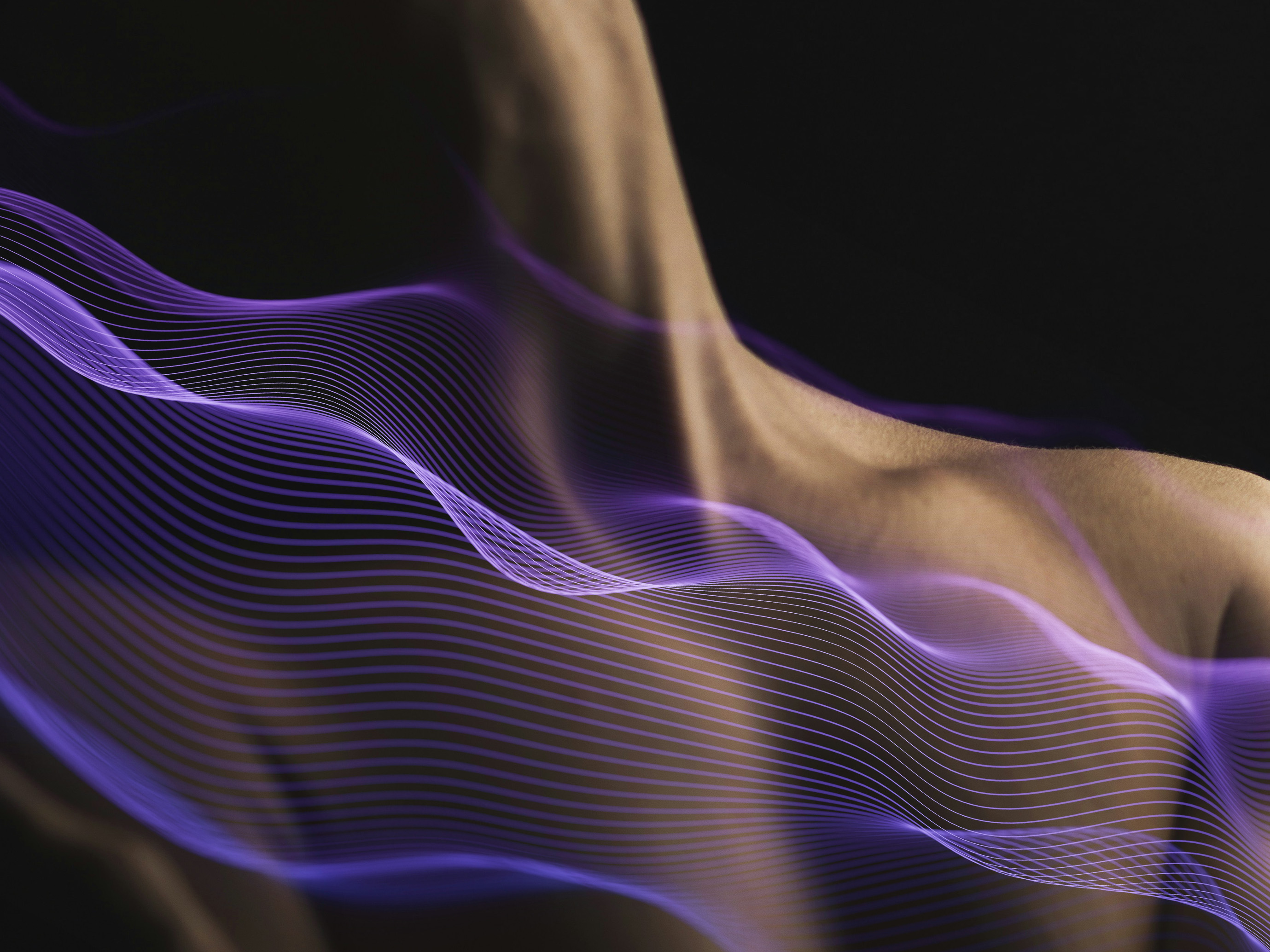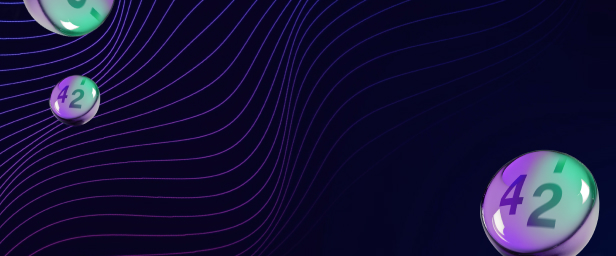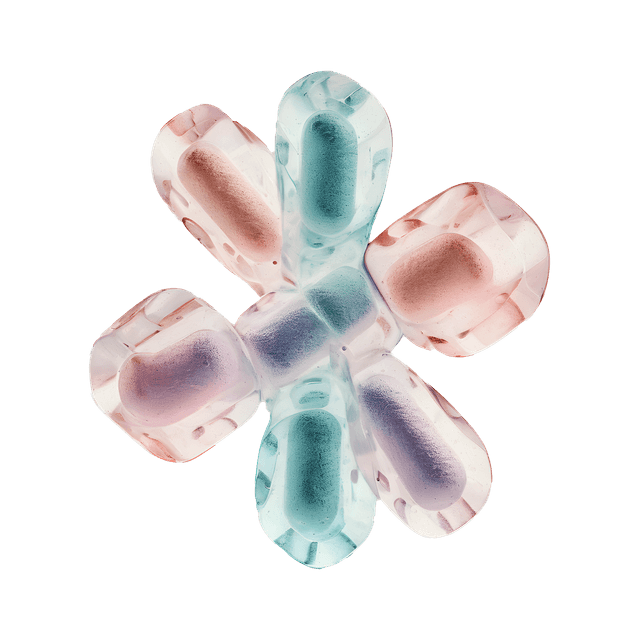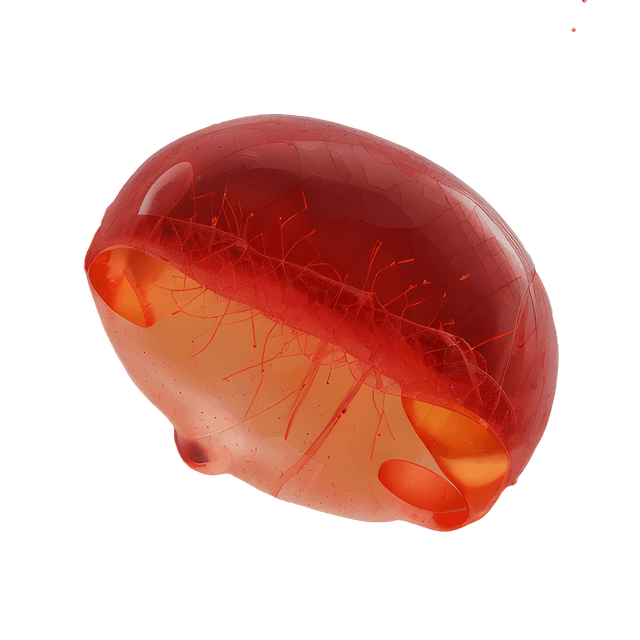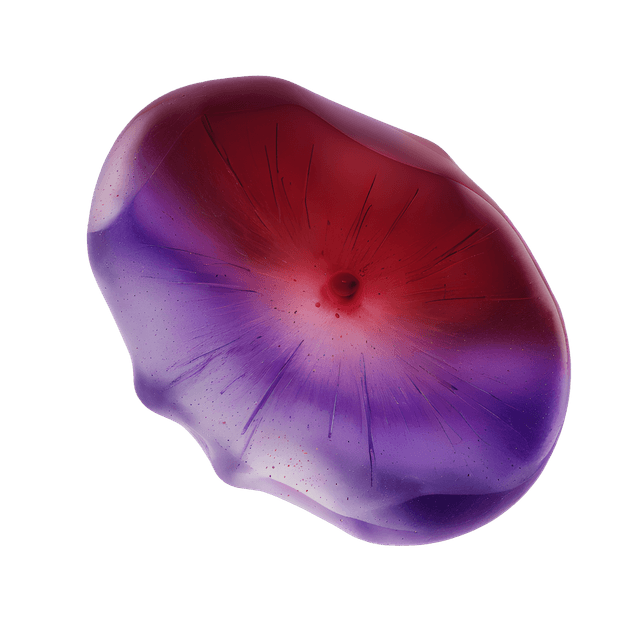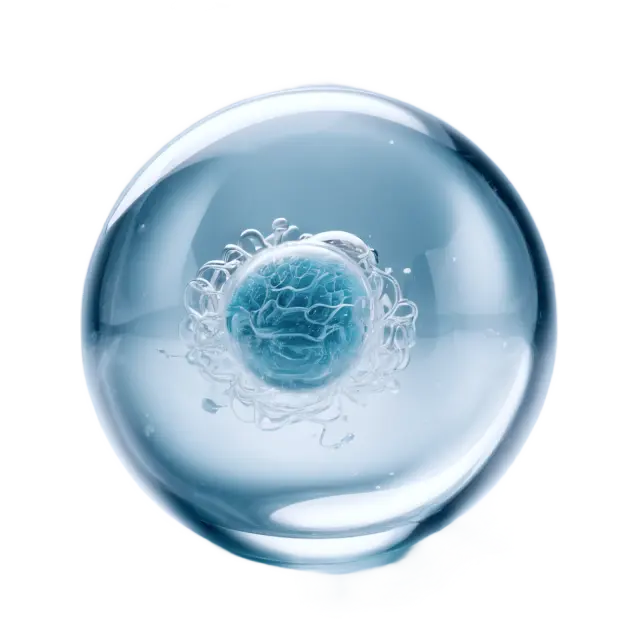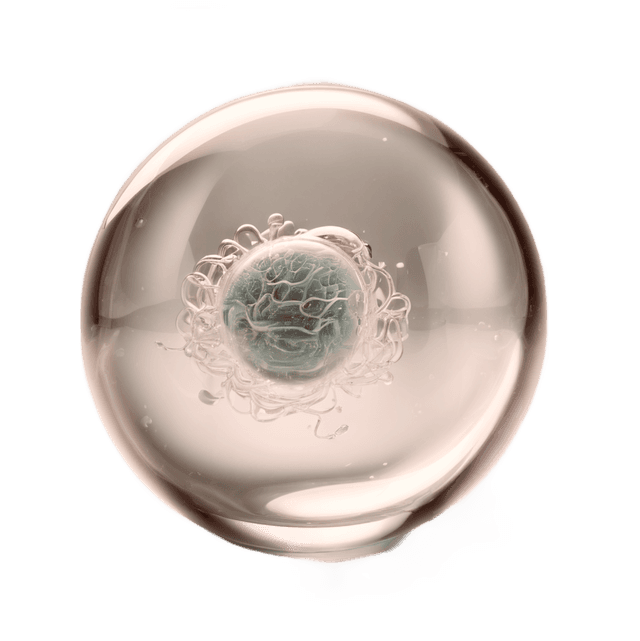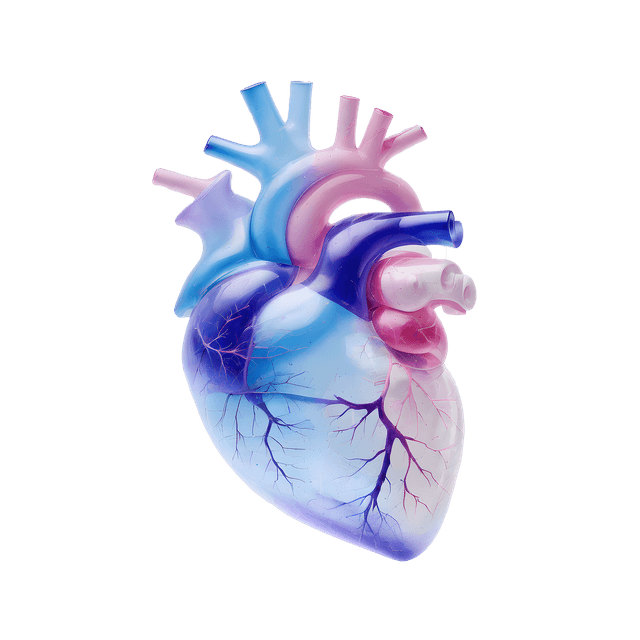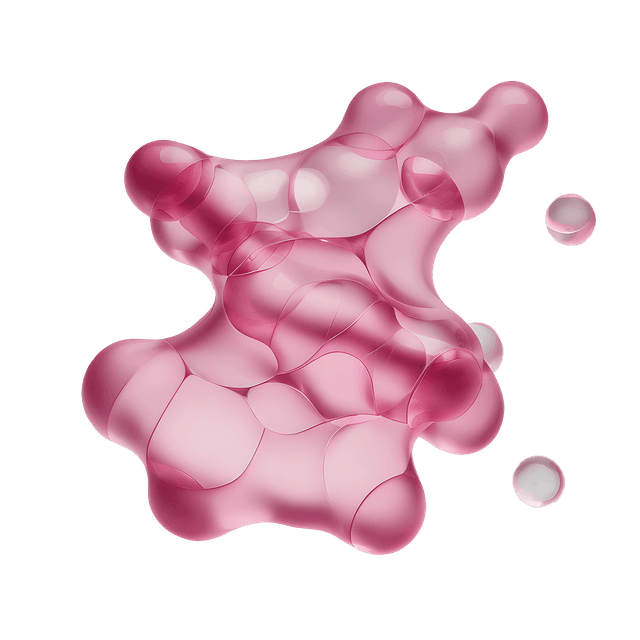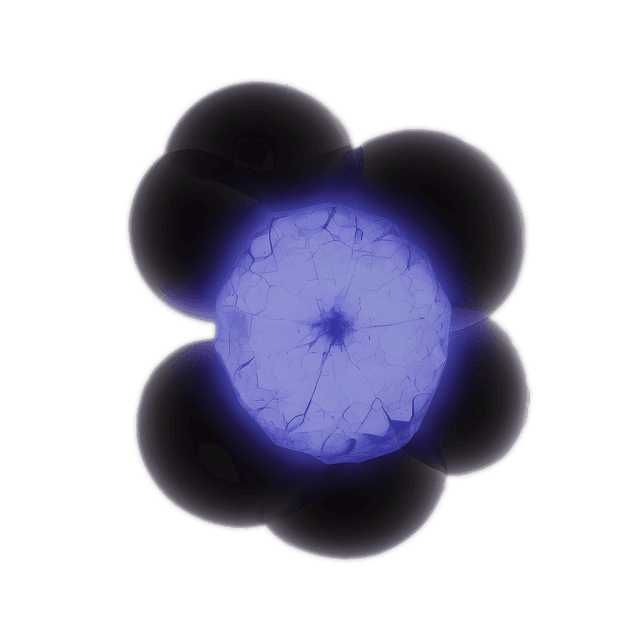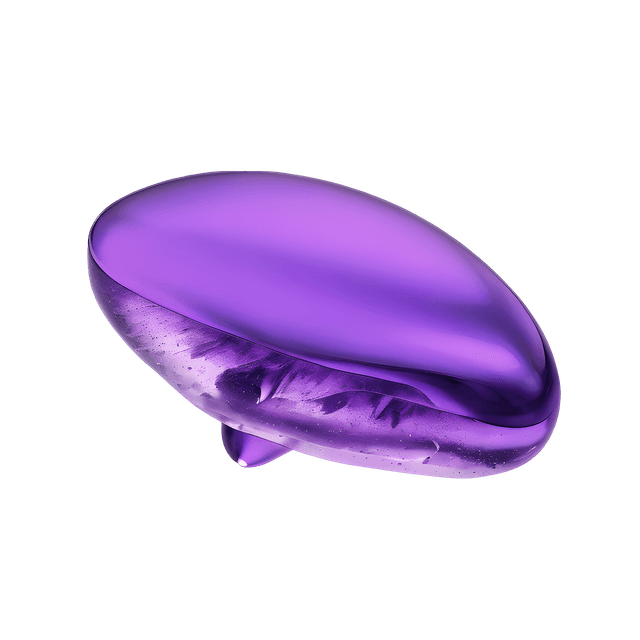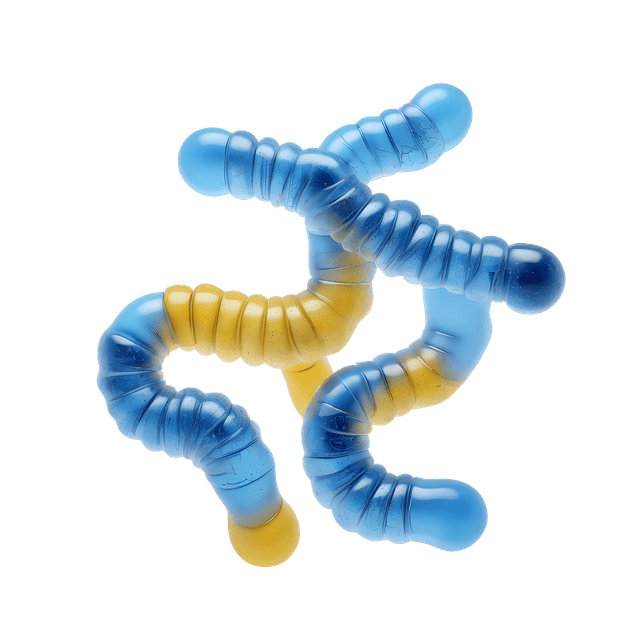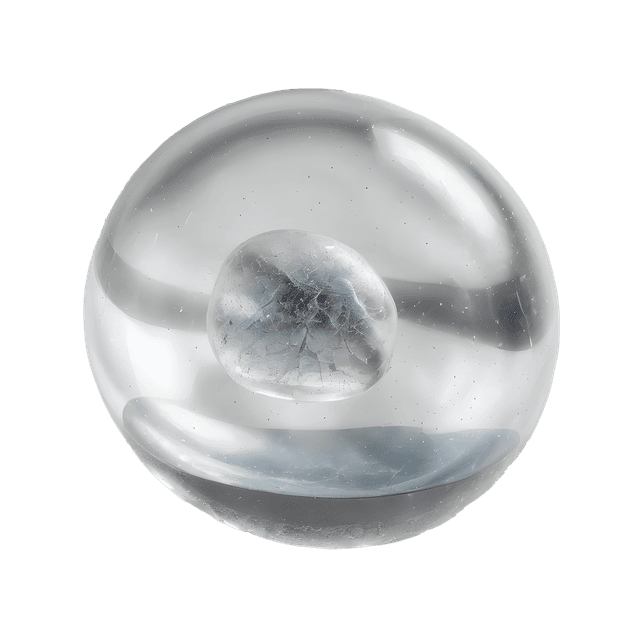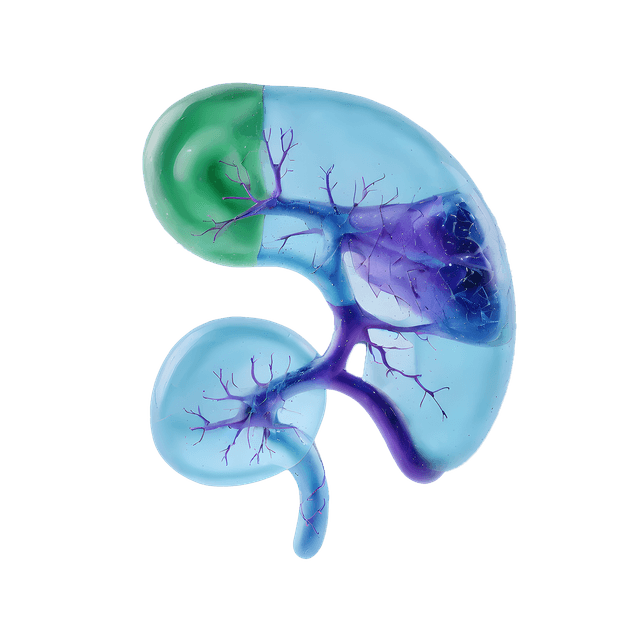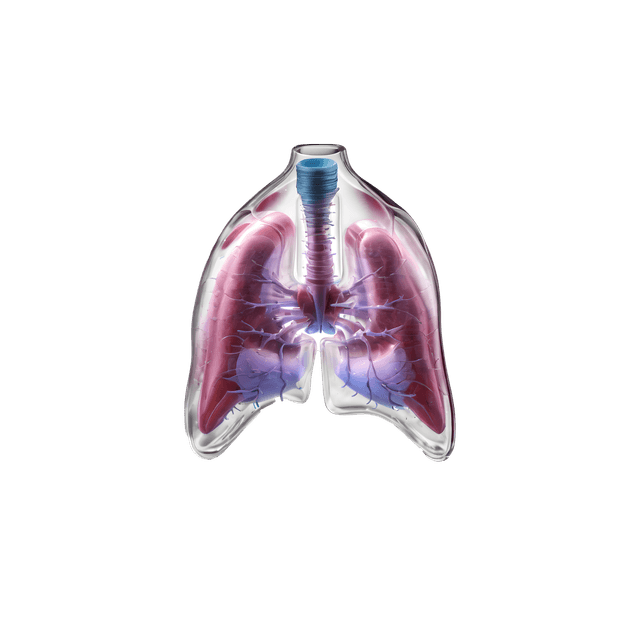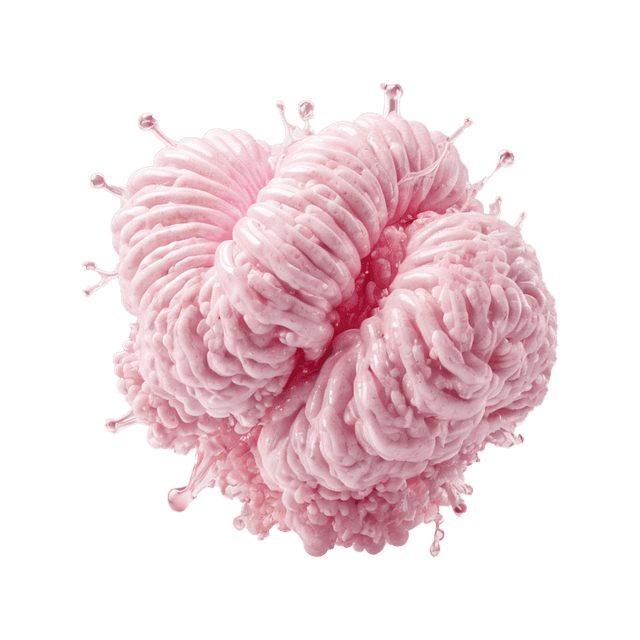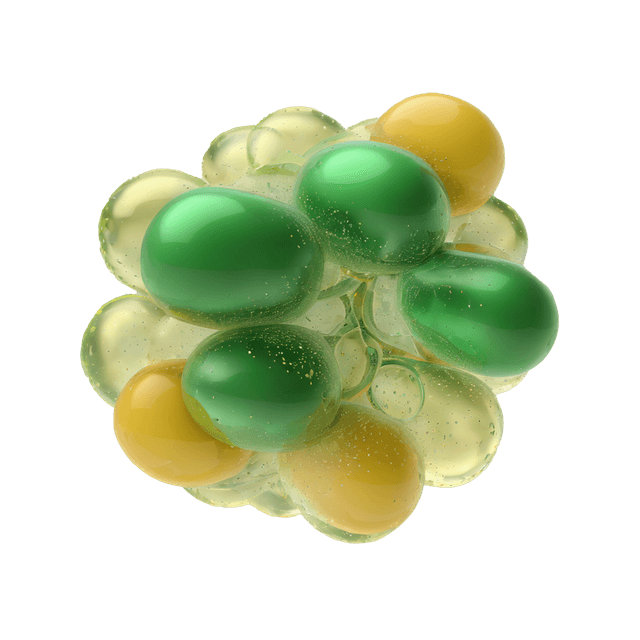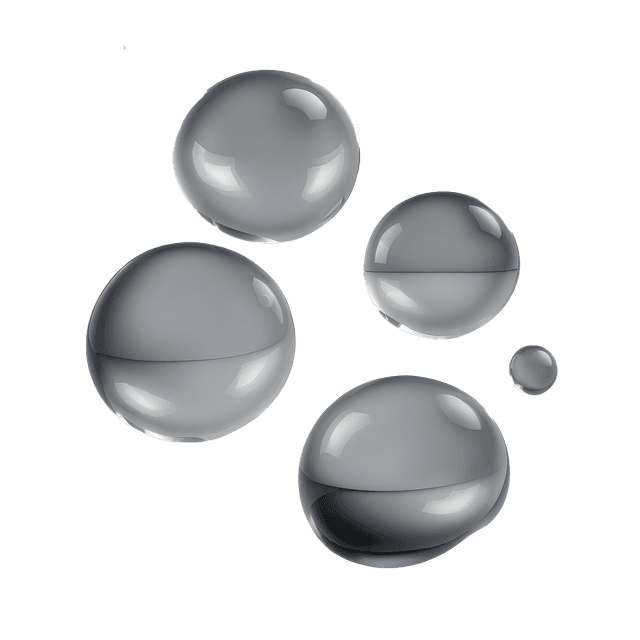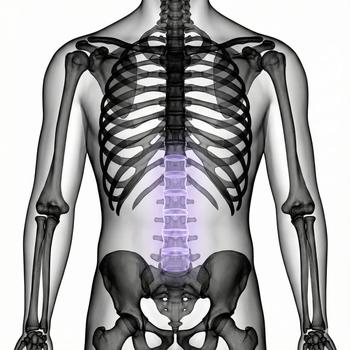Spinal stenosis means that there is a narrowing of the spinal canal, which can put pressure on the nerves. The condition is common, especially in people over 60. Symptoms may come on gradually in some people, while others experience more noticeable problems. In order to receive the right treatment, it is important to recognize the signs of spinal stenosis early.
Common symptoms of spinal stenosis
Here are common symptoms that occur with spinal stenosis and what is typical of the condition.
- Pain in the lower back – this is often experienced as dull, aching or burning.
- Radiating pain in the legs – especially when walking or standing still.
- Numbness or tingling in both legs and feet.
- Muscle weakness – for example, it may be difficult to lift your foot (this is called "foot drop").
- Difficulty walking – it may be difficult to walk and you may need to stop frequently or lean forward to reduce the pain that occurs when walking.
- Impaired balance – such as especially experienced during longer walks.
3 typical characteristics of spinal stenosis
- The discomfort worsens with strain, such as when walking or when you stand for a long time.
- When you sit or bend forward, the pain is often relieved.
- It is common for both legs to be affected, although the symptoms can be unilateral.
When should you seek medical attention?
You should contact healthcare if you experience or have problems with the following:
- You have numbness, weakness or difficulty walking that affects your everyday life.
- You have pain that does not go away with self-care and exercises.
- You lose control of urine or stool (this is an emergency condition - you should then seek medical attention immediately).
What happens in body in spinal stenosis?
What happens in the body in spinal stenosis is that the space in the spinal canal becomes narrower. This often occurs due to age-related changes such as thickened ligaments, disc bulges or bone spurs. When this happens, pressure on the spinal cord or nerve roots can occur, thereby giving rise to the symptoms described above.
Central spinal stenosis
In central spinal stenosis, the narrowing occurs in the middle part of the spinal canal. This can affect several nerve roots at the same time and often causes symptoms in both legs. Common symptoms include difficulty walking, muscle weakness and pain that worsens with exertion - a condition called neurogenic claudication.
Foraminal narrowing (lateral stenosis)
Foraminal narrowing means that the nerve exit hole (intervertebral foramen) becomes narrower. It often causes unilateral symptoms, such as pain or numbness that radiates into one leg. This type of stenosis is often caused by disc degeneration, bone spurs, or a slipped vertebra that presses on the nerve root.
Treatment of spinal stenosis
If you have spinal stenosis, your treatment will be tailored to the severity of your symptoms. The goal of treatment is to reduce your pain and improve your mobility.
- Physiotherapy: Exercise programs that focus on strengthening your back and abdominal muscles.
- Painkillers: Medications such as paracetamol, NSAIDs or muscle relaxants may be recommended.
- Lifestyle adjustments: If necessary, weight loss, aids or walking aids can be part of the treatment.
- Injections: If necessary, you may also be offered cortisone injections that can reduce inflammation around the nerves.
In more severe cases or where the above does not help, surgery may be considered:
- Decompression: This means that the surgeon removes what is pressing on the nerves.
- Stabilizing surgery: Sometimes decompression is also combined with a spinal fusion surgery to stabilize the spine.
The advantage of surgery is that it often provides good symptom relief, especially if you have severe walking problems or muscle weakness.
Exercises can reduce the symptoms
To reduce the symptoms of spinal stenosis, it is important to exercise properly. Then the focus should be on:
- Strengthen the core muscles, which include the back and stomach
- Improve posture and walking pattern
- Increase mobility in both the hips and lower back
5 good exercises to do for spinal stenosis
- Lumbar flexion in the supine position: Start by lying on your back and then pull both knees towards your chest. Hold for a few seconds, repeat this 10 times.
- Cat-Cow stretch: Get on all fours, with your hands and knees on the floor or on an exercise mat. Alternate between rounding and arching your back in a quadruped position.
- Pelvic lift: Lie on your back with your knees bent, lift your pelvis and hold for 5 seconds.
- Cycling in the air: Lie down and do cycling movements with your legs for circulation and nerve mobility.
- Walking in a slightly forward leaning position: If you have access to a walker or leaning on a cart.
Avoid this with spinal stenosis
- Running or jumping exercises that increase the load on the spine.
- Heavy lifting and activities that require backward bending (extension) of the lumbar spine.
- Static standing for a long time without the opportunity to rest.
- Back exercises that increase the lumbar spine.
How can find out if you have spinal stenosis?
Diagnosis is made through a medical investigation that begins with a clinical examination by a doctor who assesses your symptoms, reflexes, walking patterns and sensation in your legs, among other things. If stenosis is suspected, the doctor usually refers the patient to an imaging examination, most often:
- Magnetic Resonance Imaging (MRI): A Examination of the lumbar spine with magnetic resonance imaging is the best method to see narrowings in the spinal canal and effects on nerves.
- Computed tomography (CT): This is a method that can be used if MRI is not possible, it is often done in combination with contrast agents.
- X-ray: Shows changes in the skeleton but not soft tissues or nerves.
A correct diagnosis is made by ensuring that the symptoms match the findings on the images.

